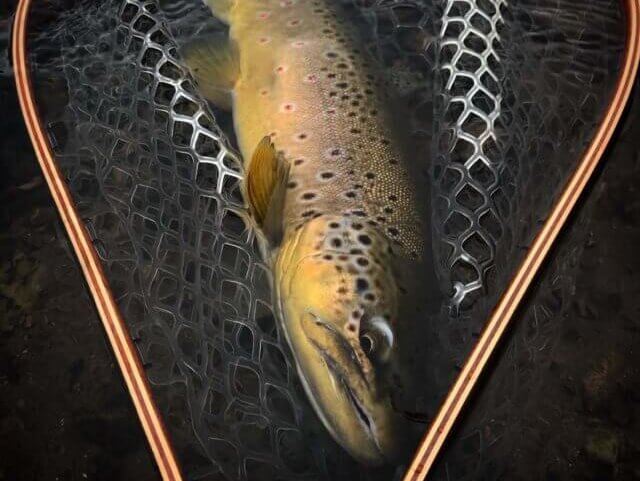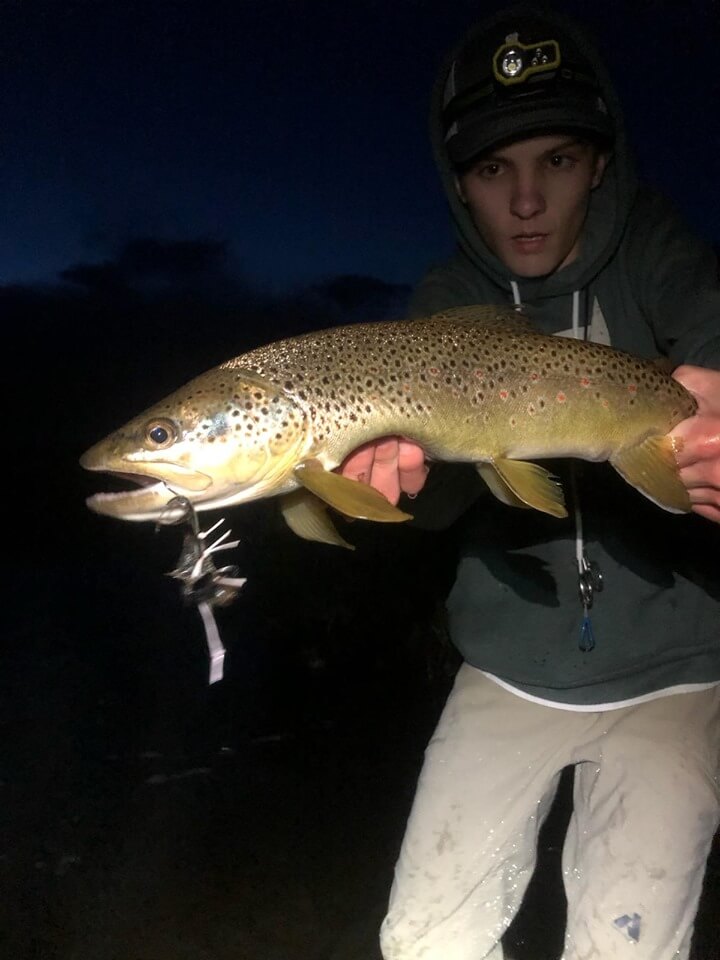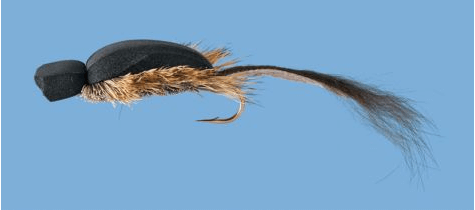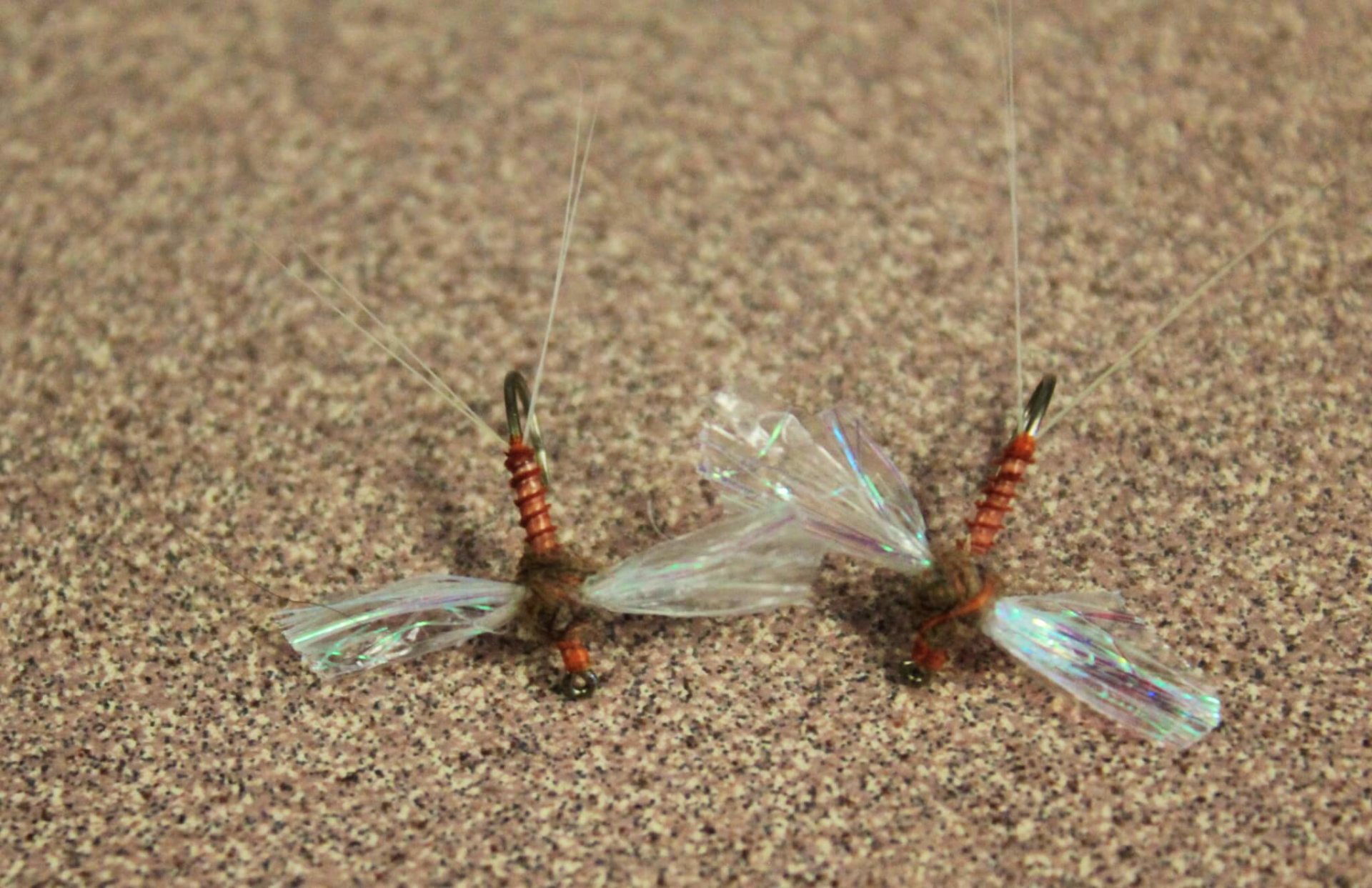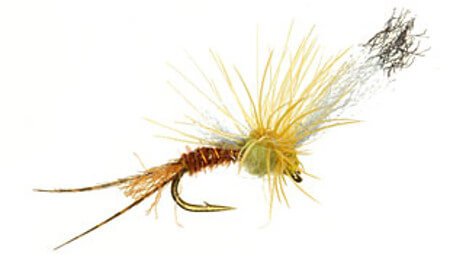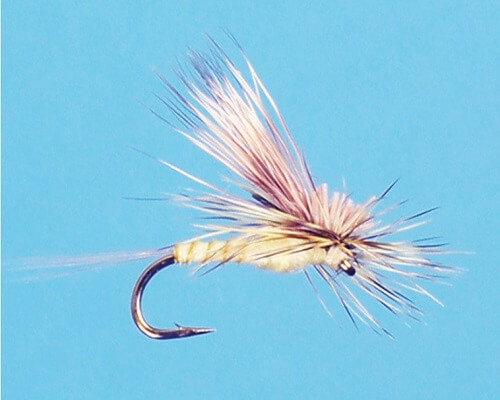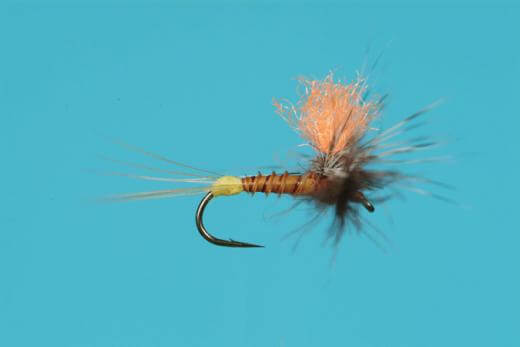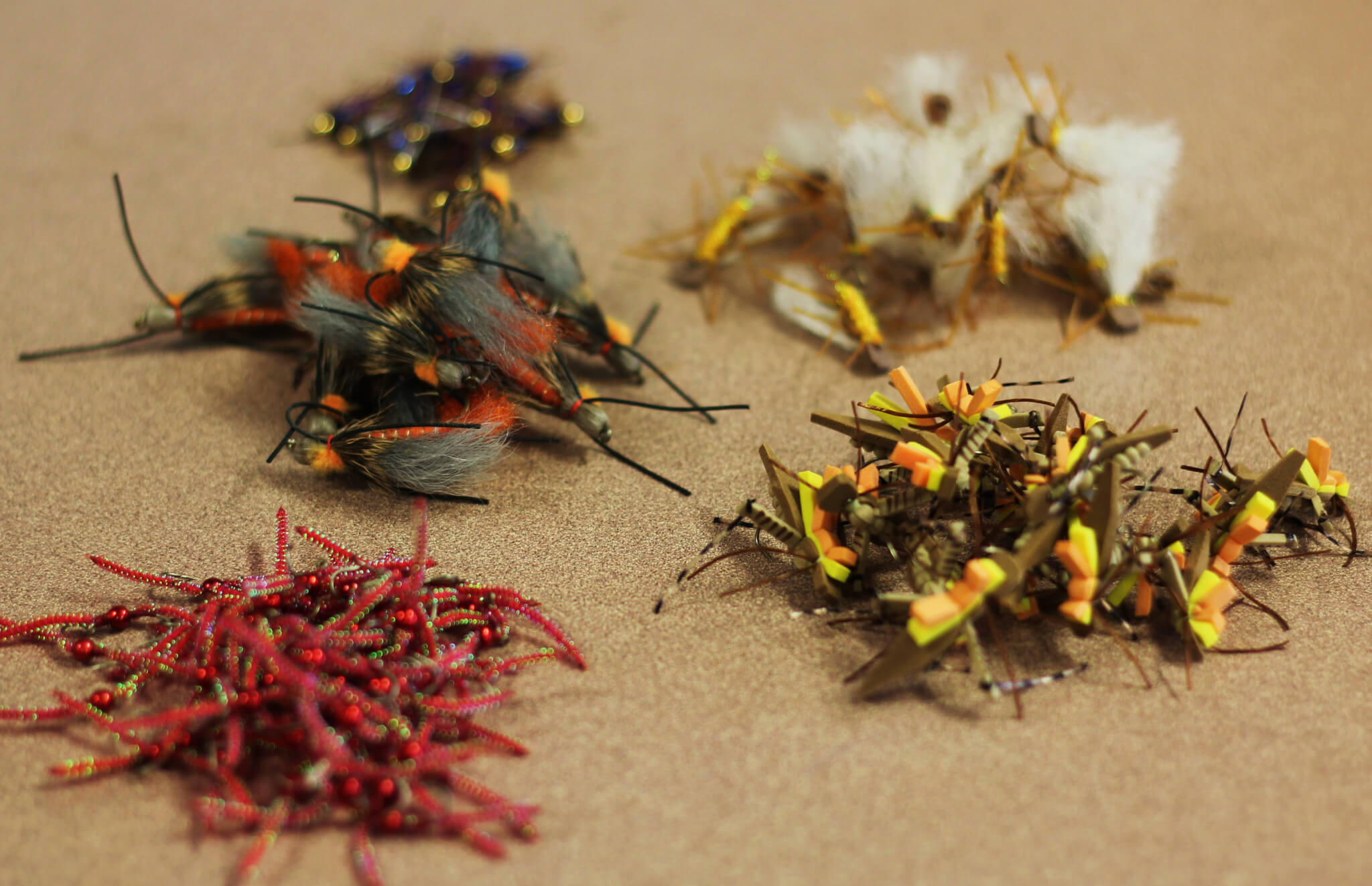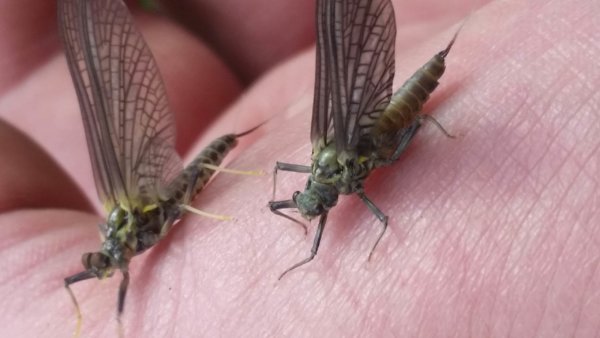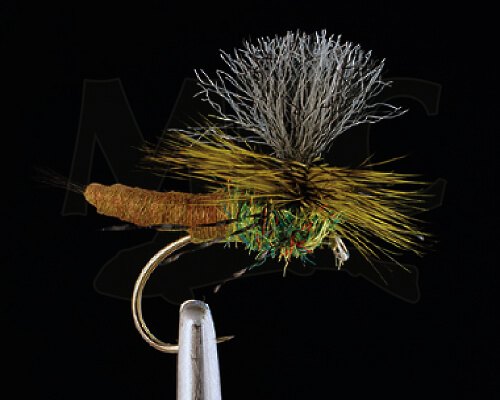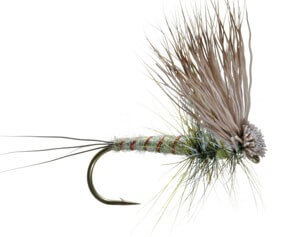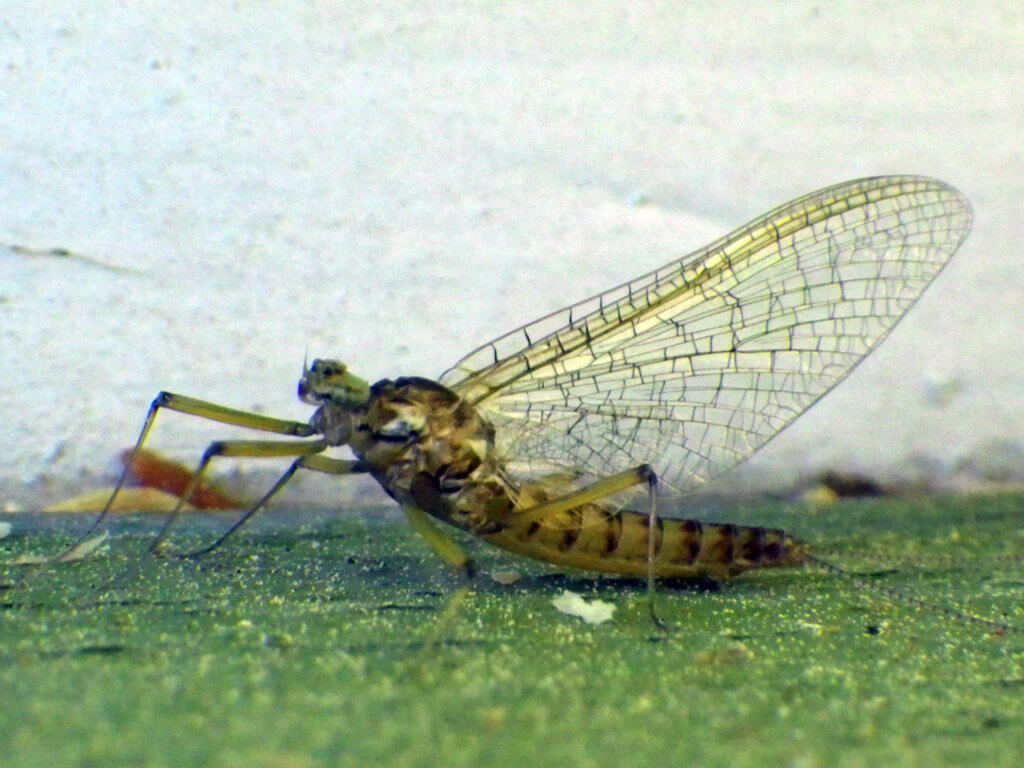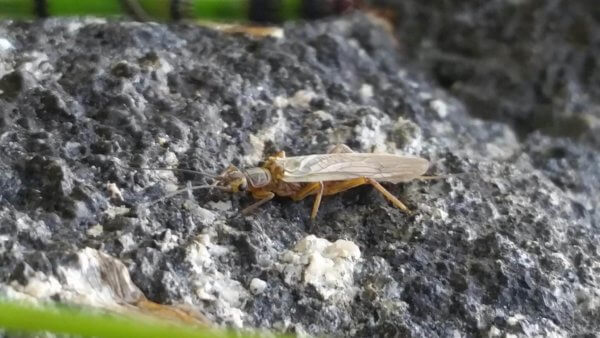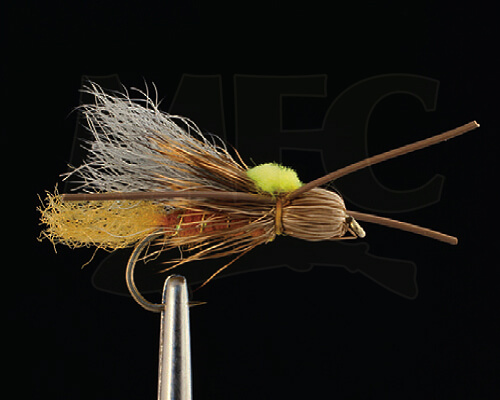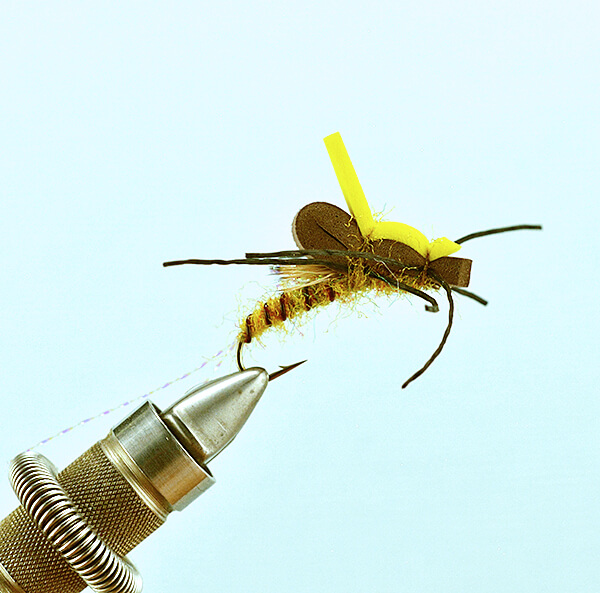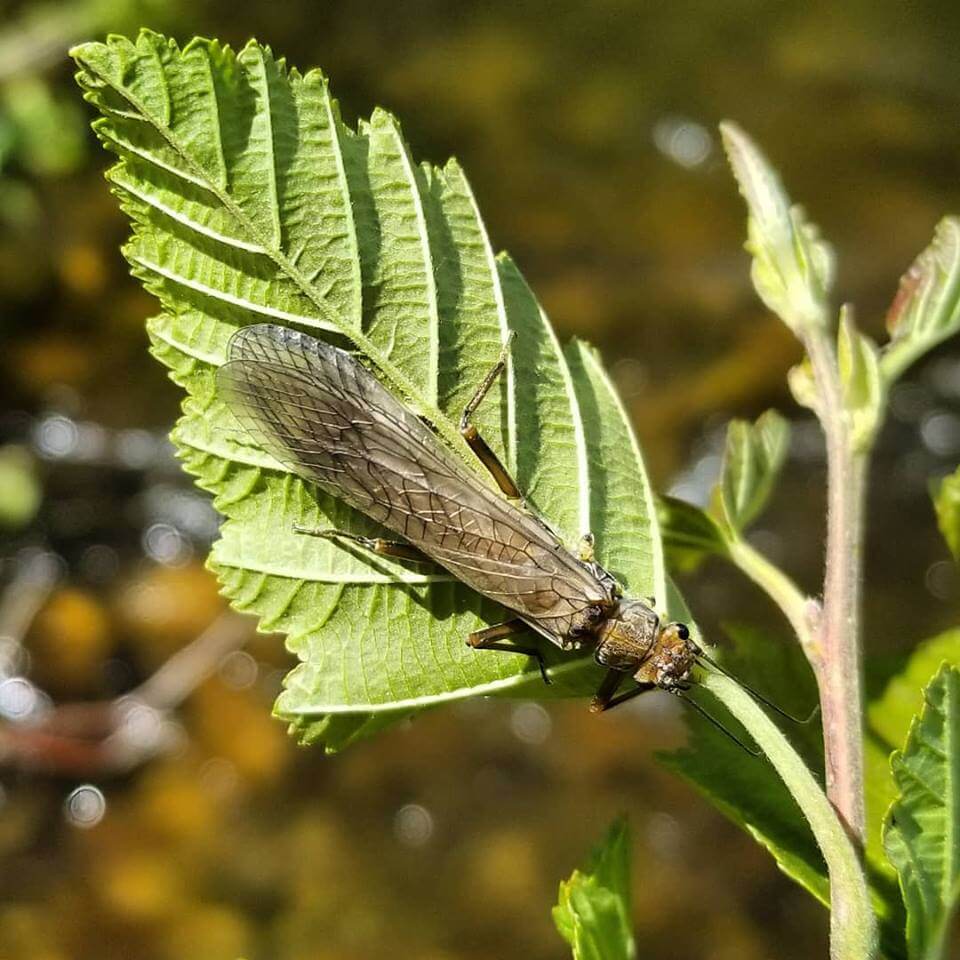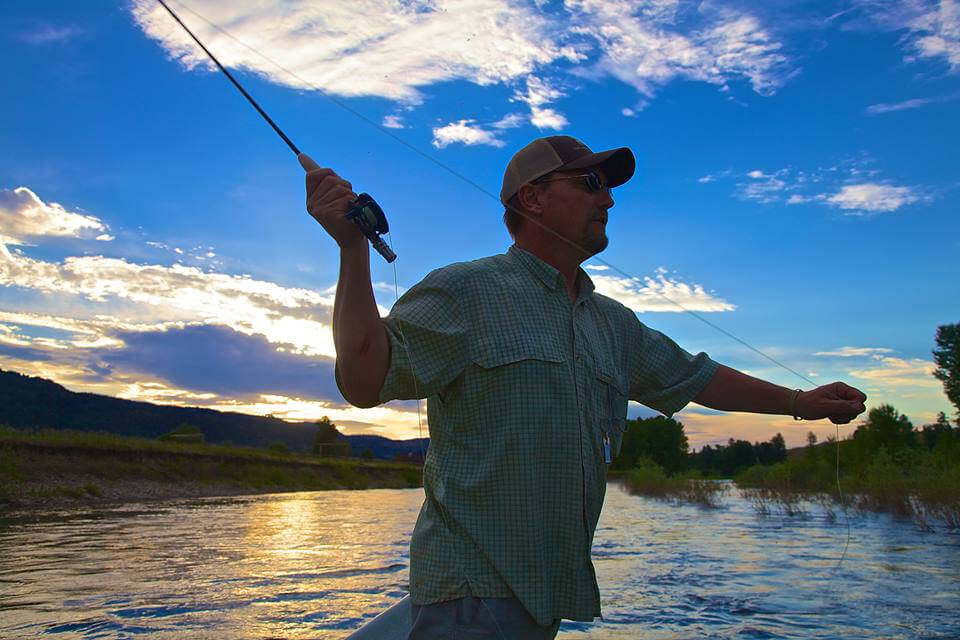As the fly fishing season transitions to fall and leaves turn from green to blazing, your approach to fly fishing needs to turn as well. Conditions are about to change around Missoula, and you’ll need to be aware. In mid-August, during the intense summer heat, the best fishing is early morning and then again in the evening. During the heat of the day, between noon and 7:00 pm, little action is seen. Hot temps and high sky drive trout deep to find shelter. Not the best time to fish. When the weather is hot, fishing is better near the edges of the day, and the hotter it gets, the closer to dawn and dusk you need to fish.
But the weather is changing during October and Novemeber, and so are the trout’s habits. Missoula is about to get colder and cloudy, and trout love that.
Trout want exactly what we want from the weather, a comfortable temperature. Not freezing, and not scorching hot. As fall approaches the Clark Fork River valley, those comfortable temps are moving from the edges of the day to the middle of the day. Those cool air temps and colder nights also lower the water temperatures. Trout are finding their comfort level in the middle of the day, instead of the edges of the day. As an angler, you should be as well!
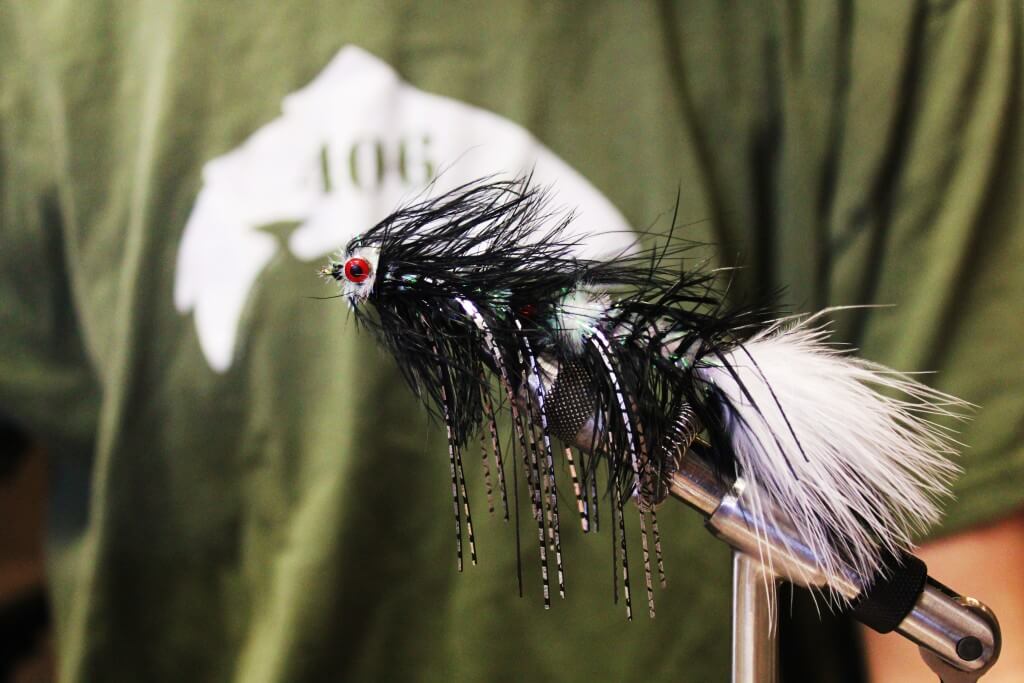
Trout location also changes with water temperature. Warm water holds less oxygen, and high heat requires trout to find highly oxygenated water. As fall arrives, water temps fall and starts to hold more O2. Additionally, trout are cold blooded. Their metabolism slows as water temps fall. These two variables combine to change the trout’s holding lies. Trout use less energy, need less energy and now have highly oxygenated water. Cold weather moves trout to slower moving, softer water. Combine slow metabolism and high O2 content, and trout can and will move into water they shun in high summer. In short, late season fly fishing can be summed up this way, you’re going to find fish feeding in the middle of the day in softer, slower water.
Dropping water temps make fall streamer fishing some of the best of the year. The Brown Trout are moving upriver to spawn, and colder water temperatures let trout know they need to grab as many calories as they can get. A streamer in the morning, before the hatches start, can be a deadly tactic. Make sure to size your streamer to your fly line weight. Traditionally, fall streamers have some yellow or orange in them, though Brown Trout will move for a white streamer at almost any time. Depending on river choice, a sink tip may or may not be in order. The Blackfoot River and Clark Fork River always have sink tip water, while the parts of the Bitterroot River and Rock Creek may not be perfect for sink tip streamer fishing. In all the local Missoula rivers, big fish are moving for streamers! (Click here for 13 tips for fishing streamers)
In Missoula Montana, fall means a lot of other things to its residents. There are two distinct seasons that arrive with the cool weather, hunting season and Griz season. The University of Montana fields a very competitive football team, and Washington Grizzly stadium holds 26,000 rabid fans every Saturday when the Griz are home. From the angler’s standpoint, you know where 26,000 of your closest friends will be from 10:00 am to 5:00 pm. Not a bad time to go fishing!
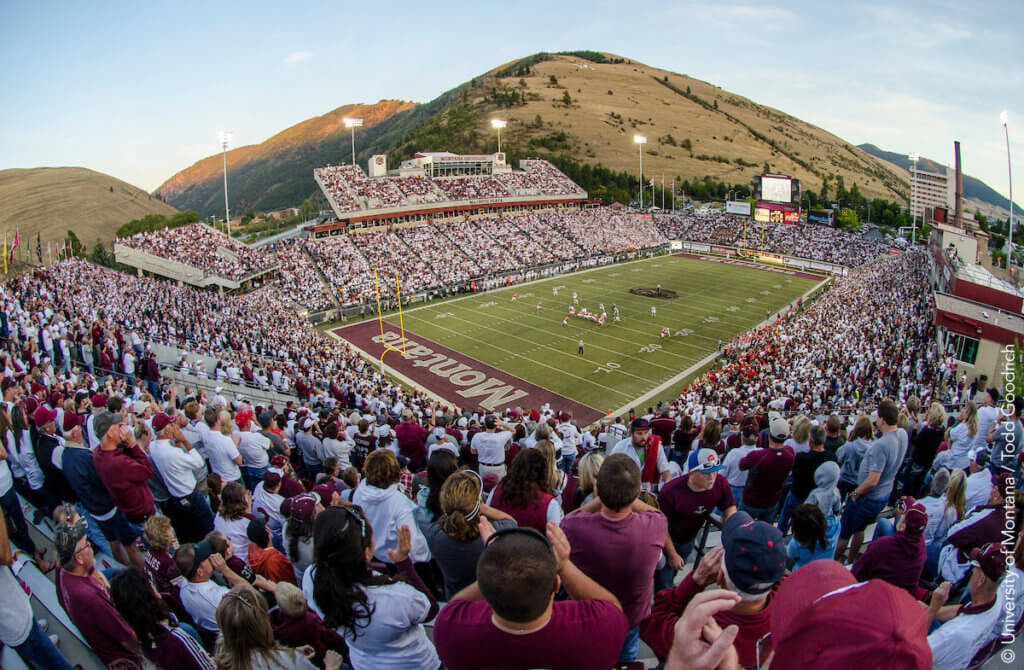
Other residents live here for the hunting. Antelope, deer, elk, Bear, Turkey, Pheasants and Waterfowl are all calling to the sportsmen of Montana. With such a limited season in the woods, most angling hunters put down their rods to pick up bows and rifles, and they head to the mountains. For those who angle, that means another large segment of friends are off the rivers as well. The crowds we’ve experienced throughout the summer are clearing out for football and hunting. Just like the grasshopper population is knocked down by fall’s cold weather, the fishermen population is knocked way down by fall’s cold weather activities. The rivers open up in the fall.
There are other issues that come up in fall fishing. As this is being written, there is a cold front coming in, bringing some winter weather. Water and cold weather are not a good combo. Hypothermia is a real concern, whether from falling in or just extended wading. We all know the fastest way to chill beer is put it in an ice bath. When you’re wading, especially as the water temps cool, you’re just like that beer, walking in a cold water bath. That drains energy and heat. Late season fishing means you need to plan ahead a bit. Have a spare change of clothes in the rig. Doesn’t need to be a tuxedo, just dry! Extra food and some water doesn’t hurt either. Maybe a thermos of hot coffee or soup. You get the point. Fall in August, and your friends laugh. Fall in on a 40 degree day, and it’s a bit more serious.
Missoula fly fishing guides and fisherman look forward to the amazing hatches and streamer fishing that the Fall has to offer. The seasons are turning, and long winter is just around the corner. But before the cold gets here to stay, the cool weather will make the fishing something wondrous to behold. Streamers move the big fish, hatches Like BWO, Mahogany and October Caddis bring the anglers out for one last hurrah. To many in town, fall fishing is the pinnacle of the entire year.

